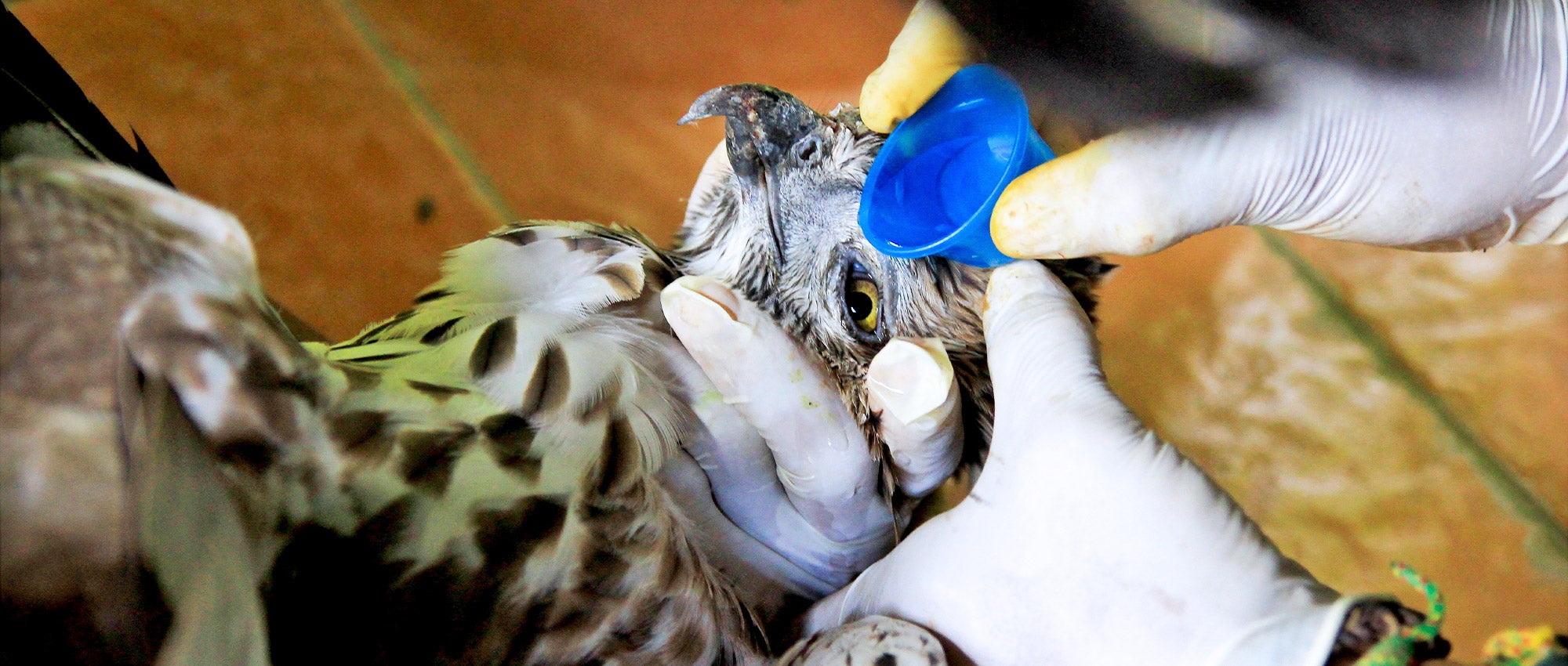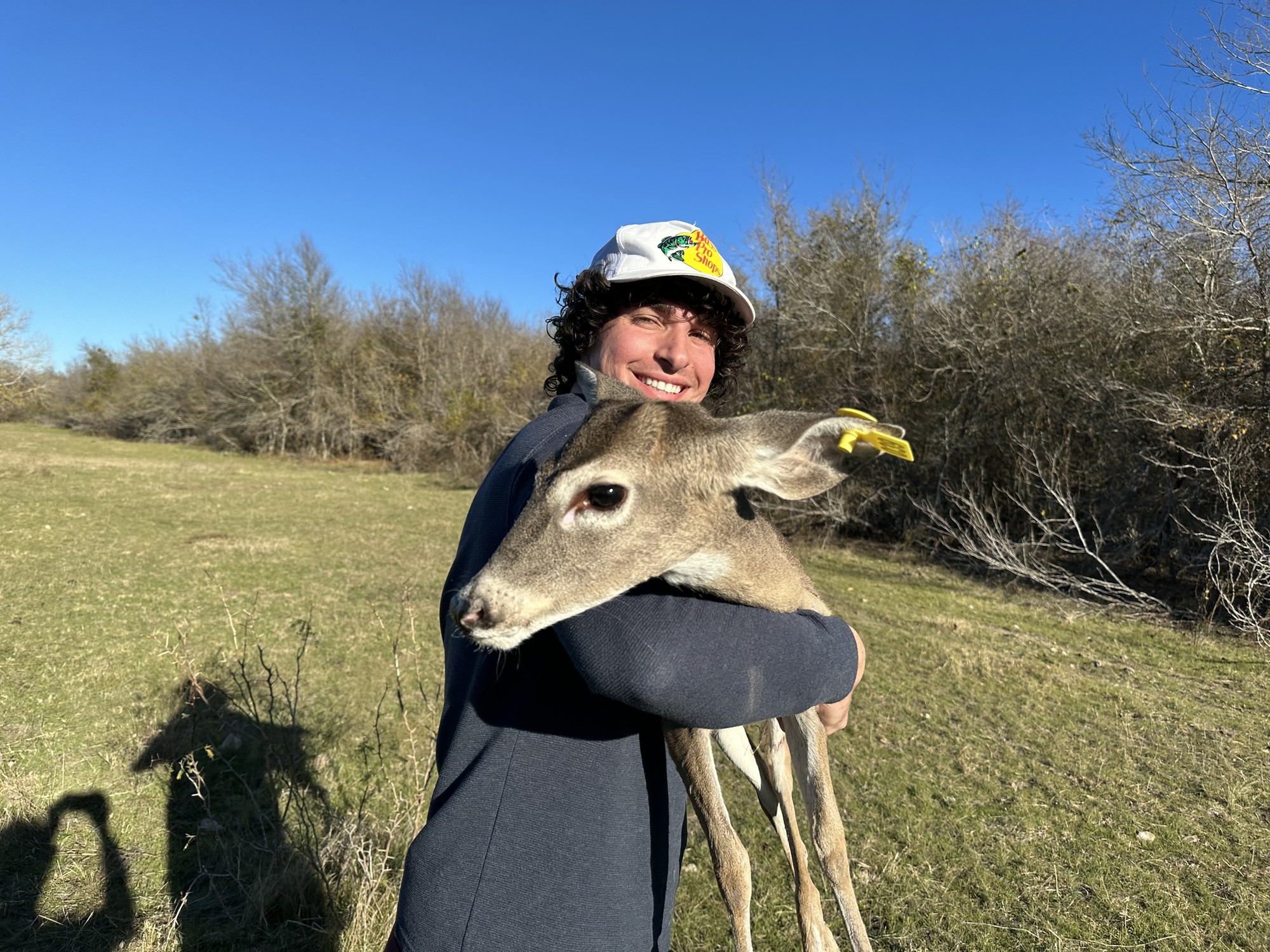Professional Insights on Burlington Animal Control for Animal Owners
Professional Insights on Burlington Animal Control for Animal Owners
Blog Article
Common Challenges and Solutions in Urban Wild Animals Removal Initiatives
Urban settings existing one-of-a-kind difficulties for wildlife monitoring specialists entrusted with handling or removing wild animals populations. These obstacles usually intersect with ethical factors to consider, lawful structures, and the safety and security of both humans and pets. Public resistance and mistaken beliefs better make complex these efforts, necessitating ingenious, non-lethal remedies and durable area outreach. Recognizing the complexities associated with city wildlife removal is crucial for establishing approaches that stabilize human safety with wildlife welfare. What approaches have proven most effective, and just how can neighborhoods be much better engaged to support these efforts? This discussion seeks to uncover the intricate balance required for effective metropolitan wild animals monitoring.
Moral Wildlife Management
Addressing the intricacies of honest wild animals monitoring calls for an equilibrium in between human interests and the conservation of wild animals environments. In urban setups, this balance comes to be increasingly challenging as human growth encroaches on wildlife environments, leading to frequent human-animal interactions. Moral wild animals management in these environments needs methods that prioritize humane therapy of pets while minimizing possible disputes.
One of the core concepts in moral wild animals administration is the prevention of injury. This involves utilizing non-lethal methods for wild animals elimination, such as exemption methods that prevent animals from getting in human dwellings, or making use of deterrents that guide them away from urban areas. Wildlife experts are tasked with using approaches that reduce stress and anxiety and injury to the pets, guaranteeing their well-being is taken into consideration along with human safety and security.
It is important to assess the environmental roles of city wild animals and exactly how their removal could influence regional biodiversity. Eventually, efficient moral wildlife administration entails partnership between preservationists, policymakers, and the public to sustain city ecological communities.
Navigating Legal Restrictions
Browsing the legal landscape of metropolitan wildlife elimination provides a complex layer to the currently difficult task of moral wild animals administration. These regulations vary substantially across areas, demanding detailed understanding and compliance from those entailed in wild animals monitoring - burlington animal control.
One major obstacle is the constant development of these legislations, frequently driven by ecological changes and societal perspectives towards wildlife preservation. Specialists should continue to be educated regarding current lawful criteria and forthcoming legislative modifications. Non-compliance can lead to substantial penalties, legal implications, and reputational damage.
In addition, collaboration with regional authorities can be essential in browsing these limitations properly. Structure partnerships with wildlife companies and legal experts can provide valuable understandings and advice. This cooperation guarantees that elimination initiatives are not only lawful however also straighten with broader preservation goals. Hence, understanding and sticking to legal frameworks is not merely a step-by-step requirement however an essential element of liable and sustainable metropolitan wild animals monitoring.

Security in Elimination Practices
Guaranteeing safety and security in wild animals removal techniques is vital to protecting both human and animal well-being. These efforts need a balanced strategy that lessens threat while achieving the preferred outcome of moving pets from urban setups. A key worry in wild animals removal is the possibility for injury or disease transmission to human beings, demanding using personal protective devices (PPE) such as goggles, masks, and gloves. Trained experts should deal navigate to these guys with removals to prevent aggravating the circumstance, as inexperienced individuals may unintentionally hurt themselves or the pets involved.
Safe elimination methods likewise include using gentle traps made to avoid injury. These catches should be on a regular basis kept track of to make sure that animals are not left in distress. Furthermore, it is important to stick to guidelines that dictate the ideal handling, transportation, and launch of caught wildlife, making sure that the pets are returned to ideal habitats where they can grow without presenting further risks to metropolitan atmospheres.
Furthermore, education and training for those entailed in wildlife elimination are necessary. This makes sure that all parties know the most recent security methods and strategies, thereby lowering the likelihood of accidents and promoting a harmonious conjunction between city occupants and wildlife.
Innovative Deterrent Solutions
While security in wildlife removal is crucial, stopping experiences with metropolitan wildlife via ingenious deterrent remedies can dramatically decrease the demand for such interventions. Urban atmospheres, with their abundance of food and sanctuary, typically draw in wildlife like squirrels, pigeons, and raccoons, leading to possible conflicts. Innovations in technology and design have paved the means for reliable and innovative deterrent methods that reduce wildlife presence without injury.
One such service is making use of ultrasonic tools, which release high-frequency noises inaudible to people but undesirable for numerous wildlife species, driving them far from certain locations. In addition, motion-activated sprinklers can hinder pets by startling them with abrupt ruptureds of water, successfully dissuading their return. These gadgets are specifically useful in safeguarding gardens and eco-friendly areas from foraging animals.

In addition, the combination of wise lights systems that change their illumination and shade can interfere with the nighttime activities of particular wildlife, minimizing their convenience in city settings. Physical obstacles, such as bird spikes and nettings, remain to work as practical deterrents, stopping animals from nesting or roosting in unfavorable areas. Emphasizing humane and environment-friendly methods, these technologies hold assurance for sustainable city wildlife administration.
Community Education And Learning Campaigns
Understanding the value of area education and learning efforts is critical in resolving metropolitan wildlife difficulties successfully. Such initiatives play a considerable function in cultivating coexistence in between humans and wild animals in urban setups by raising awareness and promoting responsible behaviors. Enlightening homeowners concerning local wild animals species, their environments, and habits can decrease misconceptions and anxiety, leading to even more informed choices concerning wildlife management.
Area education efforts usually include workshops, seminars, and outreach programs designed to engage homeowners of every ages. These efforts can concentrate on practical advice, such as safeguarding waste containers, mounting bird-friendly frameworks, and preventing feeding wild animals, which aids prevent bring in animals into metropolitan areas. By disseminating knowledge regarding the environmental functions of wildlife, communities can shift perspectives from checking out pets as nuisances to identifying their worth within city ecosystems.
Furthermore, education campaigns can encourage neighborhoods to participate actively weblink in preservation efforts. Residents who understand the relevance of wild animals preservation are more probable to support gentle removal methods and environment defense procedures. Efficient area education requires collaboration he said in between local authorities, wild animals experts, and area leaders to establish customized programs that deal with specific metropolitan wildlife concerns. Such cooperation makes certain that instructional efforts are both impactful and appropriate, fostering harmonious urban settings.
Verdict
Urban wild animals elimination requires a complex method, addressing moral administration, lawful compliance, and safety in elimination practices. Effective urban wild animals management pivots on collaboration amongst citizens, specialists, and authorities, guaranteeing approaches that protect human safety and security while respecting wild animals well-being.
Urban environments existing unique difficulties for wild animals management experts entrusted with removing or handling wildlife populaces. Understanding the intricacies entailed in urban wildlife elimination is crucial for establishing approaches that balance human safety with wild animals well-being.Navigating the legal landscape of city wild animals removal presents a complicated layer to the already difficult task of moral wild animals management.While safety in wildlife elimination is essential, preventing encounters with metropolitan wildlife with cutting-edge deterrent remedies can significantly decrease the need for such interventions. Successful urban wildlife management hinges on collaboration among professionals, locals, and authorities, guaranteeing techniques that protect human safety while respecting wild animals well-being.
Report this page